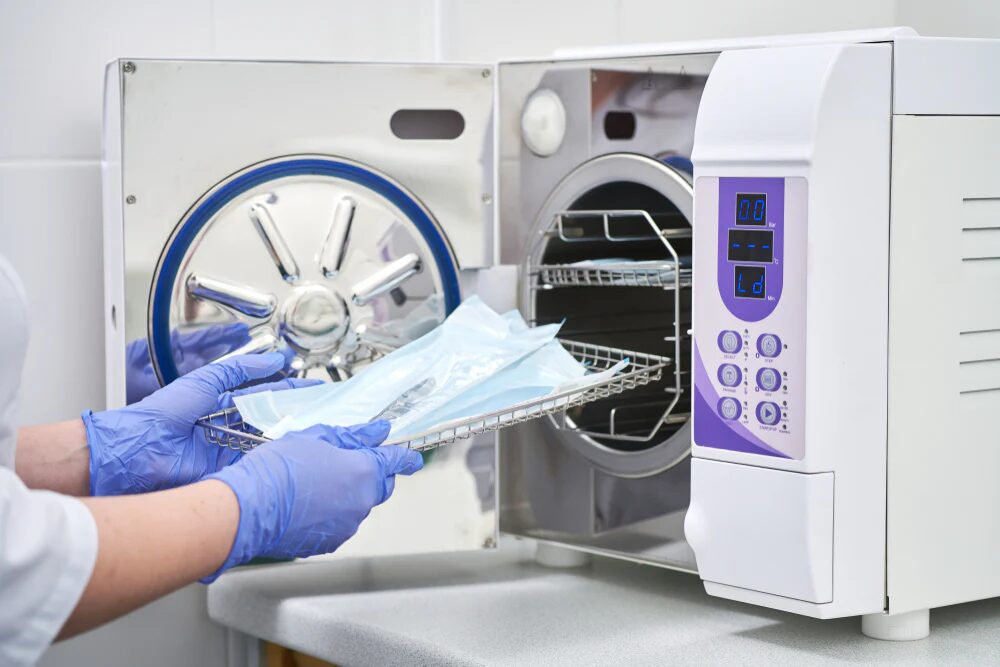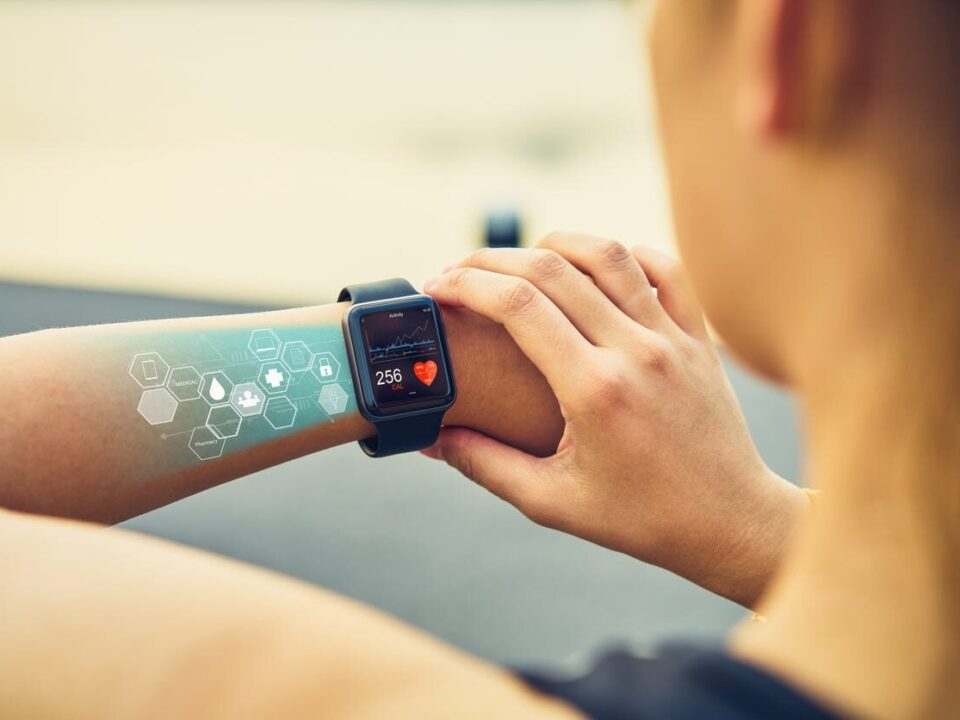Introduction
In the world of healthcare, patient safety is the number one priority. Every tool, instrument, and surface used in medical settings must be completely free from harmful microorganisms. This is where sterilization of medical equipment comes in. Sterilization is not just a routine procedure—it’s a life-saving process that ensures all medical instruments are safe to use on patients. Without proper sterilization, infections could spread easily, leading to severe health complications or even death.
This article will explain why sterilization is so important in medical equipment, how it’s done, what types of methods are used, and how it contributes to overall healthcare quality. Let’s dive into the world of sterilization and understand why it’s truly the backbone of safe medical practice.
What Is Sterilization?
Sterilization is a process that eliminates or kills all forms of life, including bacteria, viruses, fungi, and spores, from medical instruments and equipment. It’s a step beyond cleaning or disinfection.
- Cleaning removes visible dirt or debris.
- Disinfection reduces the number of microorganisms.
- Sterilization, however, destroys all microorganisms, ensuring complete safety.
For example, a scalpel or surgical instrument must be sterilized before surgery. Even one small bacterial spore left behind could cause a dangerous infection in a patient.
Why Is Sterilization Important in Medical Equipment?
1. Prevents Infections and Cross-Contamination
When medical equipment is reused without proper sterilization, it can transfer infectious agents from one patient to another. This cross-contamination can cause diseases such as hepatitis, tuberculosis, or even sepsis. Proper sterilization breaks this chain and ensures every patient is treated with completely safe instruments.
2. Builds Trust in Healthcare Systems
Patients expect hospitals and clinics to maintain the highest hygiene standards. When sterilization is done properly, it helps build patient trust. People feel confident that their care is being handled safely and professionally.
3. Supports Successful Surgeries and Procedures
Sterile instruments are essential for surgeries, dental work, injections, and wound care. If any equipment is contaminated, it can lead to post-surgical infections and complications, prolonging recovery time and increasing medical costs.
4. Ensures Compliance with Health Regulations
Healthcare facilities must follow strict sterilization standards set by health authorities such as the World Health Organization (WHO) and Centers for Disease Control and Prevention (CDC). Proper sterilization helps hospitals comply with these laws and avoid penalties or license issues.
5. Protects Medical Staff
It’s not only patients who benefit—sterilization also protects doctors, nurses, and other healthcare workers. Handling non-sterile instruments can expose staff to bloodborne pathogens and infections.
Different Methods of Sterilization
There are several sterilization techniques used depending on the type of medical equipment. Each method has its own advantages and suitability.
| Sterilization Method | Description | Common Uses |
|---|---|---|
| Autoclaving (Steam Sterilization) | Uses high-pressure steam at 121°C or more to kill microorganisms. | Surgical instruments, linens, metal tools |
| Dry Heat Sterilization | Uses hot air at 160–180°C for a specific time period. | Glassware, metal instruments |
| Chemical Sterilization | Involves the use of chemical solutions like ethylene oxide or hydrogen peroxide. | Plastic instruments, catheters, or items sensitive to heat |
| Radiation Sterilization | Uses gamma rays or electron beams to destroy microorganisms. | Single-use syringes, implants, dressings |
| Filtration Sterilization | Removes microorganisms by passing liquids or gases through filters. | Heat-sensitive liquids such as vaccines and IV fluids |
Each method ensures that instruments are completely safe to use and meet sterilization standards before reaching the patient.
The Step-by-Step Process of Sterilization
A proper sterilization process involves several steps to ensure thorough cleaning and effectiveness:
1. Pre-cleaning
Before sterilization begins, instruments are washed to remove any visible blood, tissue, or debris. This step is critical because dirt can block sterilizing agents from reaching all surfaces.
2. Disinfection
Next, items may undergo a disinfection phase to reduce the number of microorganisms before final sterilization.
3. Packaging
Instruments are then packed in sterilization pouches or wrapped in special cloths. This keeps them sterile after the process is complete.
4. Sterilization Cycle
The packed instruments are placed inside the sterilizer (such as an autoclave) and exposed to the chosen sterilizing agent—heat, steam, or chemicals.
5. Monitoring and Validation
Healthcare staff must monitor temperature, pressure, and exposure time. Many facilities use biological indicators or chemical indicators to confirm that sterilization was successful.
6. Storage
Finally, sterilized instruments are stored in clean, dry areas to keep them contamination-free until use.
Common Challenges in Sterilization
While sterilization is effective, there are challenges that healthcare facilities must address:
- Human Error: If staff don’t follow sterilization procedures correctly, contamination risks rise.
- Equipment Maintenance: Faulty autoclaves or sterilizers can cause incomplete sterilization.
- Overloading Machines: Placing too many items in one sterilization cycle can reduce effectiveness.
- Improper Storage: Even sterilized tools can become contaminated if stored in unclean conditions.
Regular staff training and strict monitoring are essential to overcome these challenges.
The Role of Technology in Modern Sterilization
Modern hospitals use advanced sterilization systems that track and automate the entire process. For example:
- Smart autoclaves automatically adjust temperature and pressure for different instruments.
- Barcode tracking systems record sterilization cycles for each instrument set.
- AI-based sterilization monitoring helps identify process errors early.
Technology ensures higher consistency, safety, and accountability in sterilization practices.
Consequences of Poor Sterilization
Failing to sterilize medical equipment properly can have serious consequences:
- Hospital-Acquired Infections (HAIs): These infections can spread quickly and lead to outbreaks.
- Patient Complications: Infections after surgeries can cause long-term damage or even death.
- Legal Issues: Hospitals can face lawsuits and penalties for negligence.
- Reputation Damage: News of infection outbreaks can destroy public trust in healthcare institutions.
Therefore, sterilization isn’t just a technical process—it’s a moral and professional responsibility.
How Sterilization Promotes a Healthier Future
As medical science evolves, sterilization remains a cornerstone of safe healthcare. It plays a key role in:
- Reducing antibiotic resistance by preventing infections before they occur.
- Improving global health standards in both developed and developing countries.
- Supporting sustainable healthcare by reducing medical waste through safe reuse of instruments.
Ultimately, sterilization saves lives, cuts costs, and ensures every patient receives the safest care possible.
Conclusion
Sterilization in medical equipment is not an optional step—it’s a necessity. Every hospital, clinic, and dental office must prioritize sterilization to protect both patients and medical staff. With the right procedures, technology, and attention to detail, healthcare systems can maintain high safety standards and prevent the spread of infectious diseases.
Whether through steam, chemicals, or radiation, the goal remains the same: keeping medical care safe, clean, and trustworthy for all.
Frequently Asked Questions (FAQs)
1. What is the main purpose of sterilizing medical equipment?
The main purpose is to eliminate all microorganisms and prevent infections or cross-contamination during medical procedures.
2. How often should medical instruments be sterilized?
Reusable medical instruments should be sterilized after every single use to ensure they are safe for the next patient.
3. Can sterilization damage medical instruments?
If done incorrectly, excessive heat or chemicals can damage sensitive instruments. That’s why it’s important to choose the right method for each material.
4. What is the difference between sterilization and disinfection?
Disinfection kills most harmful microorganisms, while sterilization destroys all forms of microbial life, including spores.
5. Who is responsible for sterilization in hospitals?
The Central Sterile Services Department (CSSD) or sterilization technicians are responsible for cleaning, sterilizing, and tracking all medical instruments in healthcare facilities.


